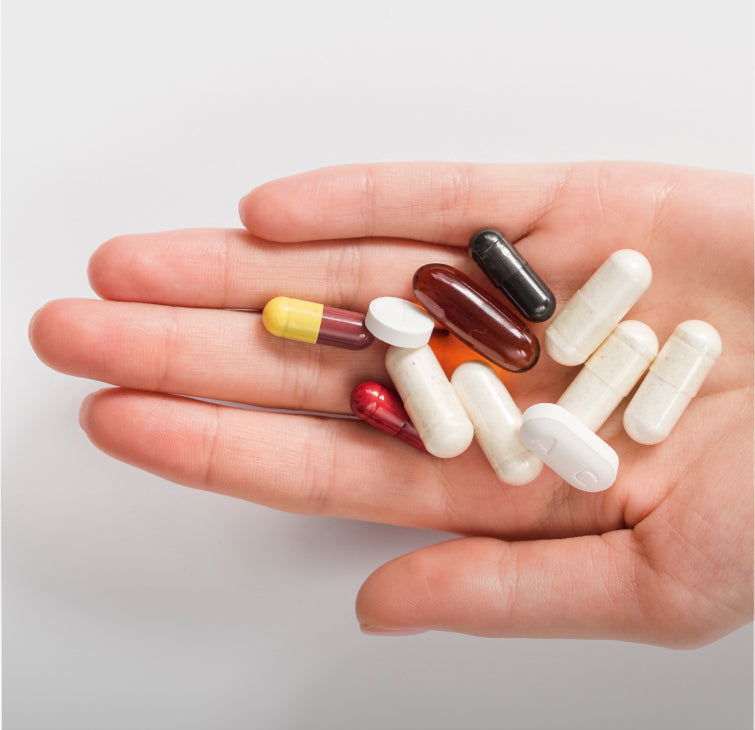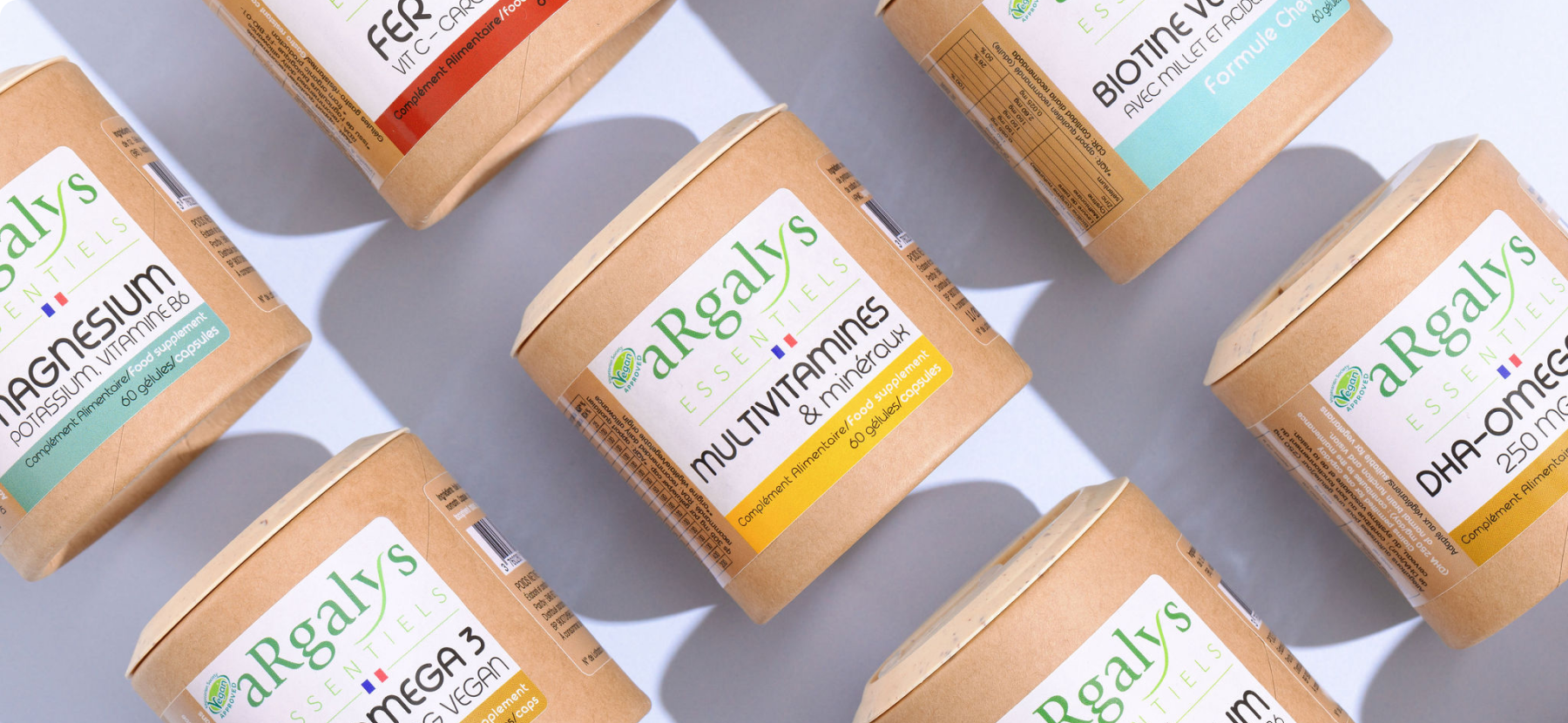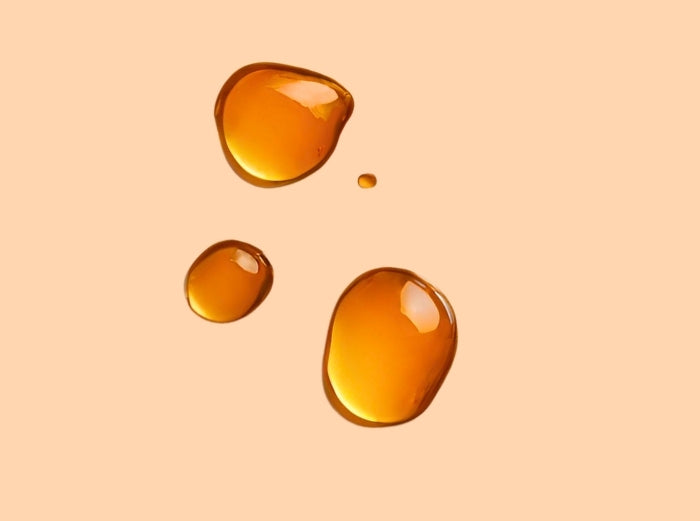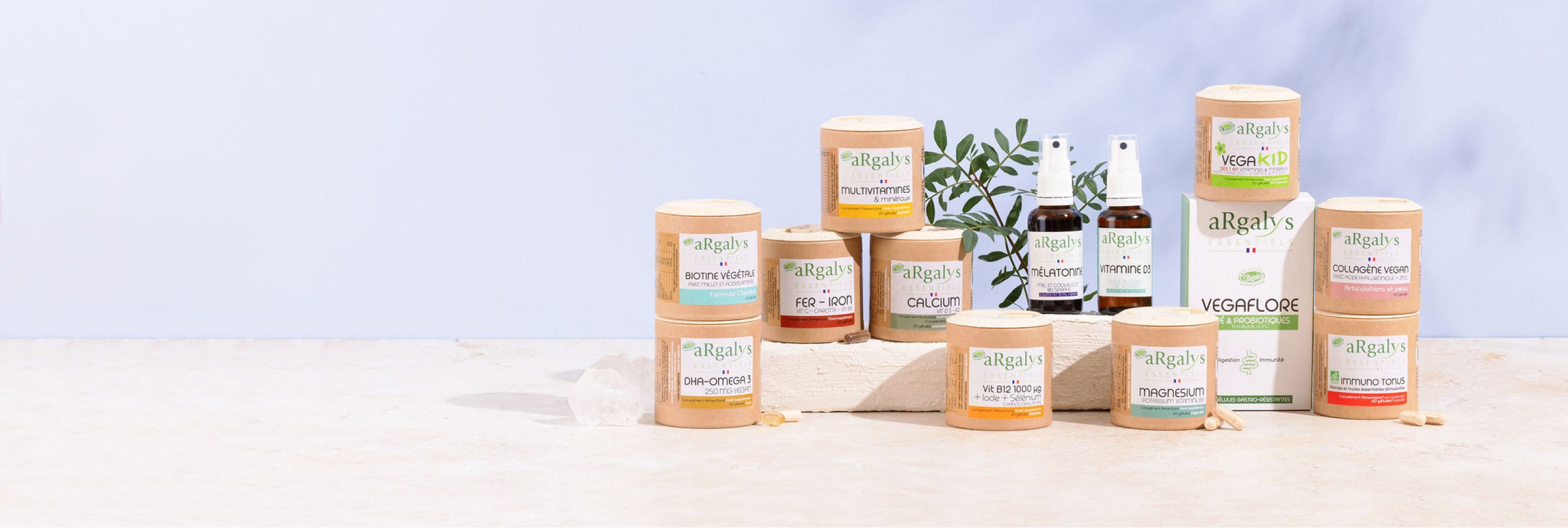The aging of the body is particularly visible on the skin and noticeable in the joints.
These are the first signs of a general mechanism at work every day. Although it cannot be stopped, it can be slowed down through lifestyle and micronutrition.
Among the useful micronutrients, vitamin C plays an essential role on the skin and face by acting on the neutralization of free radicals and the synthesis of collagen.
We detail these two benefits below.
The number one cause of skin aging: free radicals
Free radicals, derived from oxygen, are one of the causes of tissue aging.
Oxygen is essential for life and all our energy production. It is inhaled and carried throughout the body in its stable form of oxygen, composed of two atoms, denoted 0₂.
However, during physiological reactions that use oxygen, the O₂ molecule is split. This results in derivatives that are very unstable: free radicals.
These free radicals (ROS: Reactive Oxygen Species) are highly reactive and aggressive toward surrounding molecules. To gain stability, they seek to recover other electrons from neighboring molecules, thus making them more fragile.
It is this mechanism, called oxidative stress, which damages cell membranes, proteins (including collagen) and DNA and accelerates aging.
The visible consequence of oxidative stress is the acceleration of skin degradation.
Oxidative stress is a byproduct of respiration and therefore of life. However, it can be modulated with appropriate antioxidant strategies.
The 2nd cause of skin aging: collagen
From the age of 30, collagen production decreases by 1% per year.
Collagens are a family of proteins found in all body tissues. They are the most abundant in the body. They possess structural properties essential for the flexibility of the skin, joints, and the elasticity of all our soft tissues.
At age 30, the collagen content of all our tissues, including the skin, decreases by approximately 1% per year.
This decrease in collagen synthesis is attributable to several factors including alterations in cellular metabolism, a decrease in the activity of fibroblasts responsible for collagen production, and oxidative stress.
This reduction in collagen production has a noticeable impact on the appearance of the skin and joints:
- Loss of elasticity
- Loss of firmness
- Appearance of wrinkles
- Decreased joint flexibility (cartilage is rich in collagen).
Why vitamin C is your skin's ally!
Vitamin C , or ascorbic acid, plays a major role in skin aging due to its dualbenefits :
On the one hand, it acts as a powerful antioxidant. Vitamin C neutralizes free radicals generated by our own oxygen consumption and increased by environmental factors such as:
- UV rays
- Pollution
- Tobacco
- Stress
Vitamin C thus prevents oxidative damage to the skin.
On the other hand, vitamin C promotes the synthesis of collagen, the key protein for maintaining skin firmness, elasticity and youthfulness.
This dual action of protection and skin stimulation makes it an essential ingredient for reducing the signs of skin aging.
The antioxidant action of vitamin C
Ascorbic acid is one of the main antioxidants.
There are other antioxidants such as vitamin E, selenium and beta-carotenes (provitamin A).
Vitamin C also works synergistically with Glutathione, another powerful antioxidant synthesized by the body.
In practice, vitamin C and antioxidant molecules combine with free radicals and neutralize them before they can combine and degrade tissue proteins and DNA. This will delay premature aging of the skin.
This is the first “anti-aging” effect of vitamin C.
It should be noted, however, that when vitamin C is in excess, it can in turn become oxidative and accelerate aging mechanisms.
However, there is no risk with daily doses corresponding to the recommended daily intake, i.e. 100 to 120 mg per day.
The oxidative risks of vitamin C assume intakes higher than the RDA: more than 200 mg/day actually absorbed, or probably daily dietary intakes of the order of 500 mg and more. [6-7-8-9].
The right dose of vitamin C is a moderate dose!
Practical experience: when cutting a fruit or vegetable with a fibrous texture (apple, carrot, etc.), a dash of lemon juice helps prevent them from browning in the air: this is due to the antioxidant action of vitamin C.
Vitamin C: Essential for collagen synthesis
Collagen biosynthesis is governed by genetic determinism that programs its production. However, certain micronutrients are essential for this mechanism:
- Specific amino acids: Glycine, Proline, hydroxyproline
- Vitamin C.
The presence of these micronutrients allows the body to produce the amount of collagen determined by its genetic code. However, if they are not present in sufficient quantities, production is lower and the impact on skin aging is greater.
As a precursor of several enzymes, vitamin C is directly involved in the realization of this mechanism.
For collagen synthesis, the presence of enzymes is crucial because they act as catalysts for these biochemical reactions. In their absence, these reactions occur little, if at all.
The body's production of collagen is largely proportional to the amount of vitamin C available in the cellular environment.
This is the second anti-aging effect of vitamin C !
Incorporate vitamin C into your anti-aging routine
Cellular aging is at work 24 hours a day, 365 days a year!
Since the anti-aging benefits of vitamin C on the skin are proven, it is important that the body always has a sufficient amount.
This sufficient amount of vitamin C ideally corresponds to a plasma (blood) content of 60/70 µmol/Liter.
The body's vitamin C reserves are around 2 grams, with a daily renewal requirement of around 60 to 120 mg*.
In contrast, vitamin C is water-soluble. As such, it is easily eliminated in urine or feces when absorbed in excess, due to a saturable absorption mechanism.
Beyond 200 mg/day, absorption decreases sharply: less than 20% for a dose of 1 gram!
We therefore advise you to favor a daily diet rich in fresh fruits and vegetables or a food supplement with a moderate dose* of vitamin C.
*Studies show that correct plasma levels are obtained with moderate and regular doses after a few weeks.
Sources:
- https://www.ncbi.nlm.nih.gov/pmc/articles/PMC201008/ Vitamin C in human health and disease is still a mystery? An overview K Akhilender Naidu 1
- Ascorbic acid. In: Brown ML, editor. Present knowledge in Nutrition. Nutrition Foundation, Washington DC; 1990. Sauberlich HE
- The effect of vitamin C supplementation on biomarkers of oxygen radical generated damage in human volunteers with low or high cholesterol levels. About Mol Mutagens. 1997;30:161–174. Anderson J, Phillips BJ, Yu T, Edwards AJ, Ayesh R, Butterworth KR
- https://pubmed.ncbi.nlm.nih.gov/18505499/ Effect of vitamin C and its derivatives on collagen synthesis and cross-linking by normal human fibroblasts. N Boyera, I Galey, BA Bernard
- https://www.ncbi.nlm.nih.gov/pmc/articles/PMC6204628/ Efficacy of Vitamin C Supplementation on Collagen Synthesis and Oxidative Stress After Musculoskeletal Injuries: A Systematic Review Nicholas N. DePhillipo,
- https://pubmed.ncbi.nlm.nih.gov/32455696/Two Faces of Vitamin C-Antioxidative and Pro-Oxidative Agent Julia Kaźmierczak-Barańska
- https://pubmed.ncbi.nlm.nih.gov/24460956/The oxidized form of vitamin C, dehydroascorbic acid, regulates neuronal energy metabolism Pedro Cisternas
- https://www.nature.com/articles/33308 Vitamin C exhibits pro-oxidant properties Ian D. Podmore, et al Nature volume 392, page 559 (1998)
- https://pubmed.ncbi.nlm.nih.gov/36289902/ Differences in the Pro/Antioxidative Status and Cellular Stress Response in Elderly Women after 6 Weeks of Exercise Training Supported by 1000 mg of Vitamin C Supplementation
 04 74 03 98 80
04 74 03 98 80










